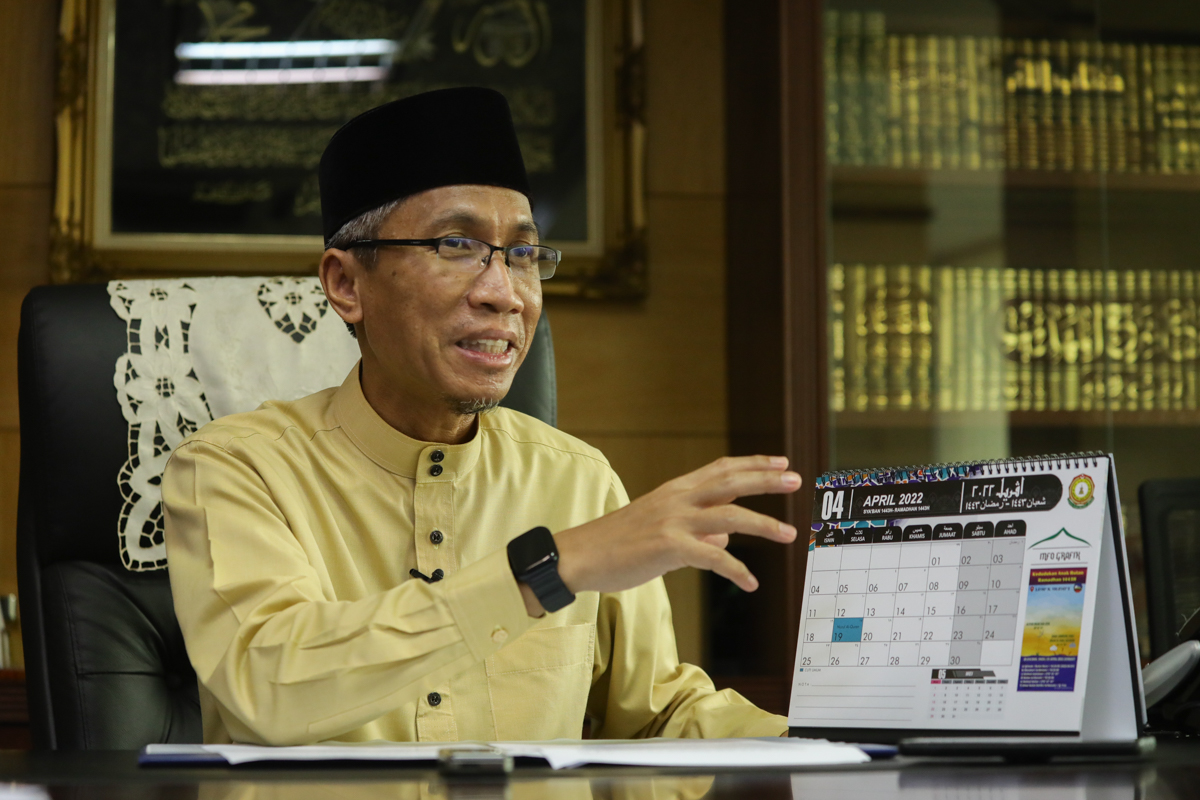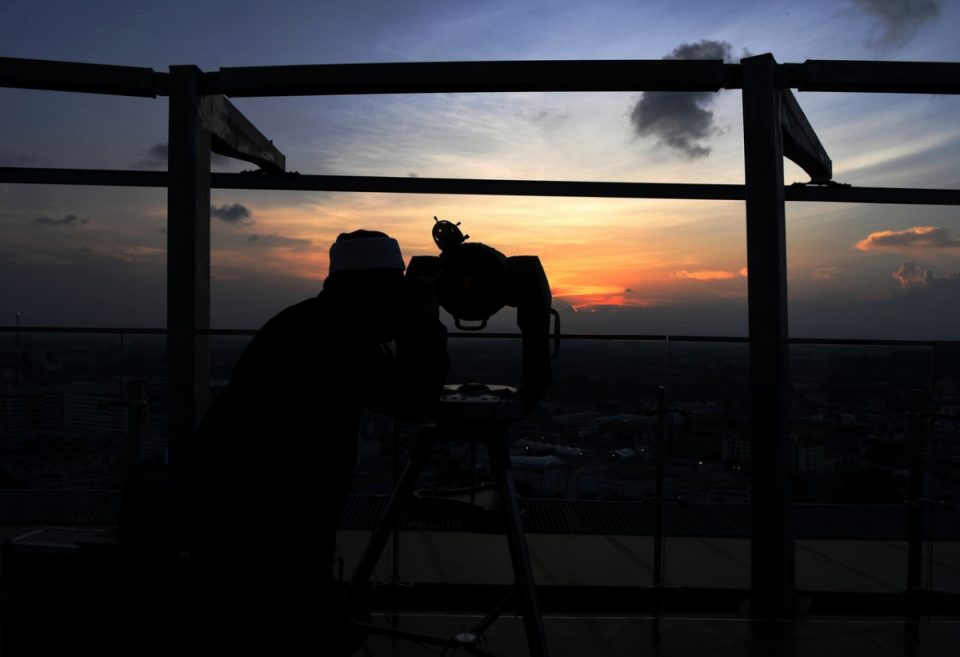By Alang Bendahara
EACH year, more than a billion Muslims around the world start a much-awaited month of fasting at the first sight of the Ramadan crescent moon.
In conjunction with the holy month and the upcoming Syawal this year, Selangor Journal met with Selangor Mufti Dato’ Anhar Opir to discuss the tradition and science of moon sightings — a practice that is essential to determining the key dates of the Islamic Hijri calendar.
Unlike the Gregorian calendar, a new month in the 12-month Hijri calendar is determined by the lunar cycle, and goes on for 29 or 30 days, commencing with the birth of a new moon.
Anhar said moon sightings have been used to ascertain the dates for Ramadan and Syawal in Malaysia since October 7, 1972.
“Although there are no records of when moon sightings began in Selangor, the practice is believed to have started around the same time as when it began in Malaysia, in the early 1970s at Bukit Malawati,” he said.
Initially, it was conducted at three locations in the state which are Bukit Malawati in Kuala Selangor, Pulau Angsa off the coast of Kuala Selangor and Bukit Jugra in Kuala Langat.
The locations were chosen for their high elevation and for their position facing west and towards the sea, which meant having a direct view of the horizon as well as where the sun and moon set.
The hill locations also guaranteed less light pollution and no buildings or clouds to obstruct the view.
“However, the Pulau Angsa site was later closed in 2012 due to its high cost of maintenance. It was replaced by the Selangor Observatory in Sabak Bernam, which began operations in 2010 and was officiated by the Sultan of Selangor in 2012 to turn it into a centre for Islamic astronomy in the state,” he said.

Anhar added that the Selangor Observatory enables moon sighting activities to be conducted every month, which are essential in making precise calculations for the Hijri calendar.
“This is important as the sighting process is part of the fardhu kifayah requirement which must be done by the ruler for all months of the Hijri calendar and not just for Ramadan and Syawal, ” he said.
Currently, Malaysia carries out moon sightings at 29 locations throughout the country, including the three in Selangor that cover the northern, middle and southern parts of the state.
The sightings are supervised at all three sites by senior officers from the Selangor Mufti Department and conducted with the Selangor Mapping and Survey Department using equipment such as theodolites, telescopes and binoculars, which are the standard tools for the job.
The basic equipment costs between RM10,000 and RM50,000 but the Selangor Observatory has even more expensive instruments in the form of three telescopes, including one for observing the sun within its dome.
“There are no plans to build more sighting sites in Selangor but the Selangor Observatory will be upgraded soon to the tune of RM1.57 million to construct an additional building for researchers and visitors,” Anhar said.
Although there are new high-tech methods for moon sighting like telescopes linked to charged-coupled device video cameras to detect the light from the new moon, as well radio telescopes that can determine the exact location of the new moon, Anhar said these techniques need to be verified first by the Islamic law of Syarak.

Selangor Mufti Dato’ Anhar Opir during an interview with Media Selangor at the Selangor Mufti Department in Shah Alam, on April 12, 2022. – Picture by HAFIZ OTHMAN/SELANGORKINI
Selangor, along with other states in the country, adopts both the rukyah and hisab methods in determining the start and end of Ramadan, as well as the start of Syawal.
Rukyah, meaning to sight the moon using the naked eye after sunset, is a sunnah practice recommended by the Prophet Muhammad. Hisab, on the other hand, is the use of astronomical or scientific calculations to determine the arrival of the new moon.
When applied together, this combination of science and sightings is known as imkannur rukyah and leaves no room for error.
“Based on our calculations, there is a possibility that a new moon can be sighted with the eye this year,” Anhar said.
When that happens, a new month officially commences and Muslims will herald the arrival of Syawal and begin the joyous celebration of Aidilfitri.
This article first appeared in the Selangor Journal monthly May edition, published on April 25, 2022





